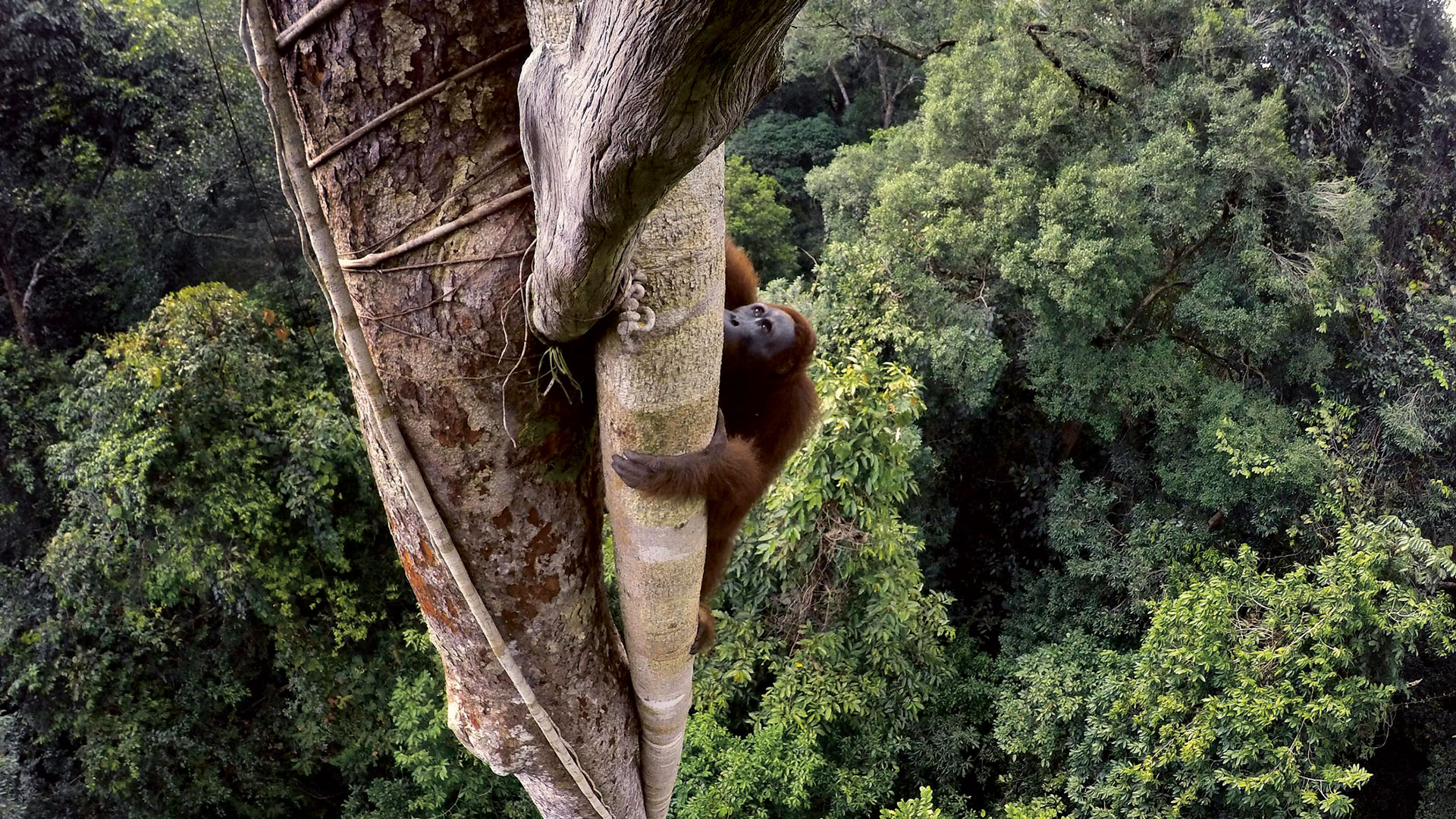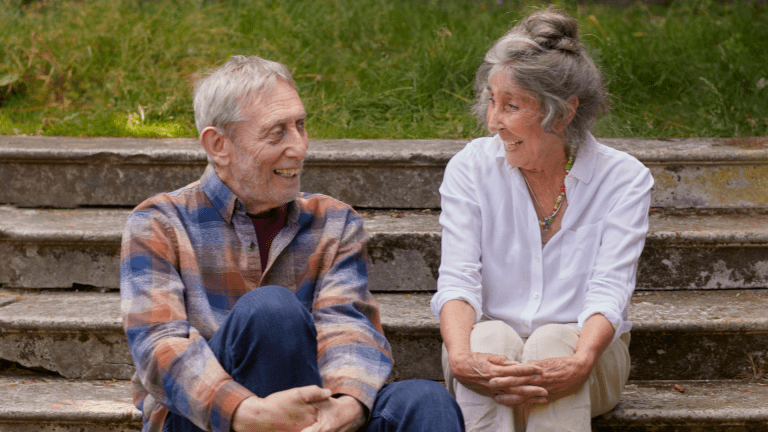One day in July 1999, while suffering mild hallucinations as a result of having taken malaria pills, I nearly drowned in a lake in the crater of an active volcano in Papua New Guinea. The fig trees made me do it. The incident was just one of several in which I had thrown caution to the wind in order to get near to these trees and their associated animals. It was a passion which led to my writing a book, Ladders to Heaven, all about this single species of plant.
Why would anyone write a book about fig trees? What if I told you that these trees have shaped our species and the world about us, that they are the most ecologically and culturally important group of plants on the planet, or that they could help us address some of the biggest challenges we face — from conserving rare wildlife to restoring ravaged rainforests and so limiting climate change? In the plant kingdom, fig trees really are first among equals.
A fig, you see, is not a fruit but a hollow ball lined with minuscule flowers
Most people are familiar with the common fig, but that is just one of more than 750 Ficus species. These plants have been around since the time of the dinosaurs. They include the mighty strangler figs and the banyans, which can grow large enough to shelter several thousand people.
I first fell under the influence of these plants in the late 1990s in Borneo, where I was studying them for my PhD in rainforest ecology. I came to understand that fig trees play pivotal roles in the world’s rainforests, sustaining more species of wildlife than any other group of plants — including 1,300 species of birds and mammals. It’s all because 80 million years ago the fig trees formed an elegant partnership with some tiny stingless wasps.

A fig, you see, is not a fruit but a hollow ball lined with minuscule flowers. Each Ficus species depends on its own kinds of wasps to pollinate these flowers. The wasps meanwhile can breed only inside their partner tree’s figs. A side effect of this is that figs are available year-round — without figs, many wildlife species would suffer, as would thousands of other plant species whose seeds these animals disperse.
While the biology amazed me, I soon came to realise that figs were also connected to our own story in profound ways. Queen Elizabeth II was asleep up a fig tree when she inherited the throne. The Buddha attained enlightenment whilst meditating beneath one. And without figs to power their bodies, the Egyptians might never have built the pyramids.









